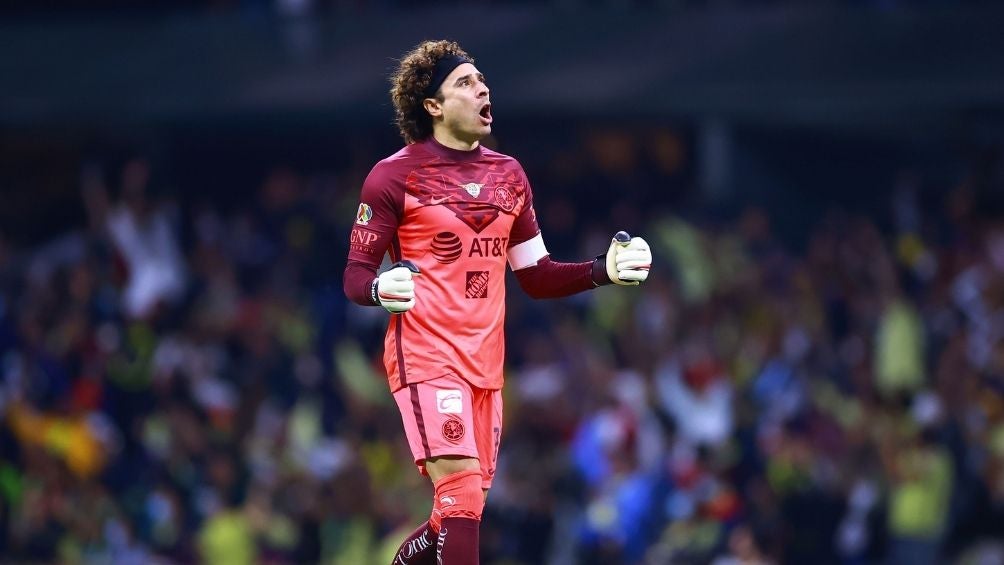Whether viruses are alive remains controversial, however, like all living things, they evolve. This fact became very clear during the SARS-CoV-2 pandemic, the coronavirus responsible for Covid-19: new worrying variants have emerged regularly, coming to shake up the news.
Some of these variants were found to be more effective than previous versions of SARS-CoV-2 at spreading person-to-person and eventually supplanted them, becoming dominant.
This improved ability to spread has been attributed to mutations in their Spike protein (the mushroom-shaped protrusions on the surface of the virus). These mutated Spike proteins bind more strongly to ACE2 receptors located on the surface of our cells (especially those that line our airways). However, the virus attaches to these receptors to enter cells and begin to replicate there. These mutations allowed the Alpha then Delta variants to become dominant at the global level. And the scientists expect the same to happen with Omicron.
However, a virus cannot improve indefinitely …
Omicron, “best” possible version of SARS-CoV-2?
The laws of biochemistry cause SARS-CoV-2 to eventually develop a Spike protein that binds to ACE2 as strongly as possible. From there, the virus’s ability to spread will no longer be limited by its ability to attach to our cells; other factors will limit its spread, such as the rate of replication of its genome, the speed at which it can enter the cell and the amount of new virus that an infected human can produce and disseminate. In principle, all of these factors should eventually evolve towards maximum performance.
Has Omicron reached this peak? There is, at present, no reason to believe that this is the case. So-called “gain-of-function” studies, which examine the changes that SARS-CoV-2 needs to spread more efficiently, have identified many mutations that would improve the ability of the Spike protein to bind to our cells. Omicron does not have them. In addition, improvements could still be made in other aspects of the virus life cycle, such as genome replication, as I mentioned above.
But suppose for a moment that Omicron is indeed the “ultimate” variant, the one with maximum propagation capacity… What if, limited by genetic probabilities, Omicron could not benefit from further improvements? In the same way that zebras have not developed eyes on the back of their head to avoid predators, it is indeed plausible that the Covid virus cannot reach its theoretical maximum: it should obtain all the potential mutations needed at the same time – which would be far too unlikely.
However, even in a scenario where Omicron would be the best variant in terms of spread between humans, new variants would continue to appear, and bypass our immune defenses.
After a viral infection, the immune system adapts by producing antibodies, which attach themselves to the intruder to neutralize it, and T lymphocytes (immune cells that destroy infected cells). Antibodies are small protein molecules that specifically recognize certain portions of the virus, while T lymphocytes recognize infected cells because they have specks on their surface. molecular patterns resulting from infection. If the mutations undergone by SARS-CoV-2 change its “appearance” sufficiently, our immune defenses may no longer recognize it.
This is why Omicron is apparently so successful at infecting people who are already immune, whether through vaccination or a previous infection: Mutations that allow its Spike protein to better bind to our ACE2 receptors also reduce the ability of antibodies. recognize the virus and neutralize it.
On the other hand, the Pfizer data suggests that T cells should respond similarly to Omicron and previous variants. It has in fact been observed that in South Africa, where the most people are immune, the mortality rate of the new variant is lower. This is an important point to underline: a past exposure therefore seems to still protect against the most serious forms of the disease and against the risk of death. We are therefore in a situation of “compromise”: the virus can replicate and reinfect former patients, but they do not develop clinical signs as serious as the first time.
Possible future
This is where the most likely future of this virus lies. Even if he behaves like a professional gamer and ends up maximizing all of his stats, there’s no reason to believe that he won’t be controlled and eliminated by the immune system nonetheless. Mutations that improve its ability to propagate do not dramatically increase the number of deaths.
This virus to the best of its ability could then just continue to mutate at random, changing enough over time that the immune defenses, adapted to previous variants, no longer recognize it sufficiently, which would result in re-infections.
We could have a Covid season every winter, just like we already have a flu season around the same time. Influenza viruses can also exhibit such a mutation profile, known as “Antigenic drift”: their modifications, as time passes, lead to re-infections. The influenza viruses that result from this process each year are not necessarily “better” (outperforming) than the previous year, but simply different enough to evade previously acquired immunity.
Perhaps the best argument for this possibility for SARS-CoV-2 is that HCoV-229E, a coronavirus that causes the common cold, has already evolved in this direction.
Omicron will therefore not be the final variant, but it could be the last variant known as “worrying” according to WHO terminology. If we are lucky (and it should be remembered here that the evolution of this pandemic is difficult to predict …), SARS-CoV-2 could become a endemic virus, which mutates slowly over time.
The resulting disease would likely cause moderate clinical signs, since the previous exposure (s) would have forged an immunity capable of limiting the likelihood of hospitalization and death. Most people would then become infected the first time as children, before or after a vaccination, and subsequent re-infections would hardly be noticed … A small number of scientists would continue to monitor the genetic modifications of SARS-CoV-2, but the worrying variants would now be a thing of the past. Until another virus in turn crosses the species barrier …
This article is republished from The Conversation under a Creative Commons license. Read thearticle original.

–![]()
–


